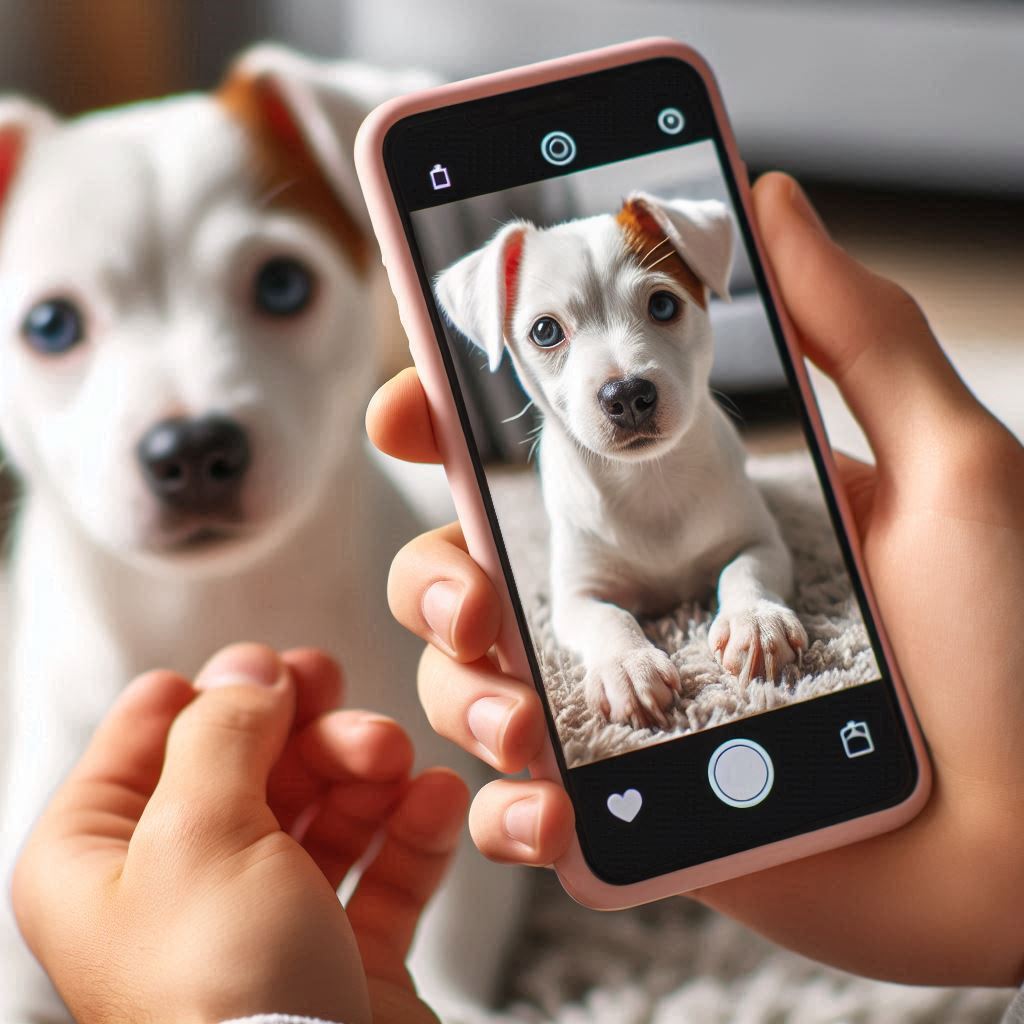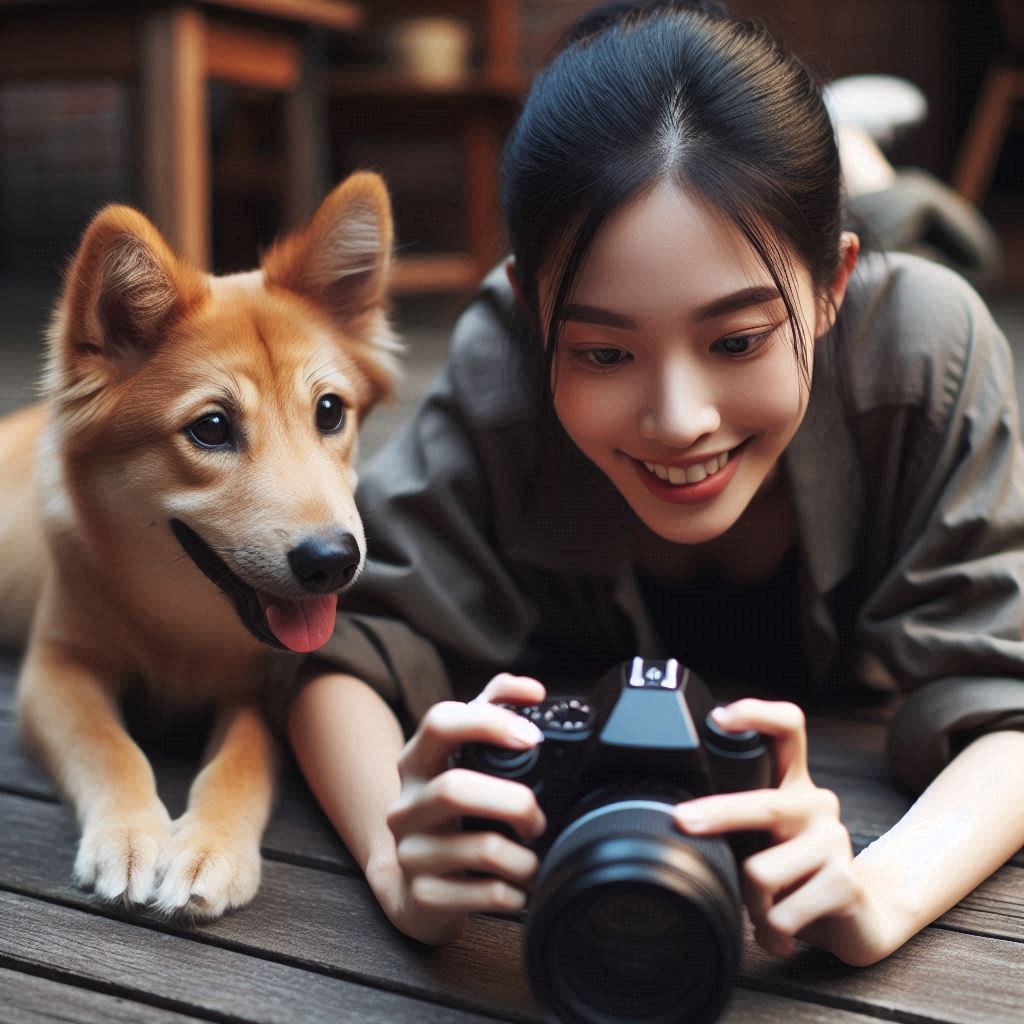
Got a pet acting out? Catching it on camera can be super helpful for your vet. But filming a pet isn’t always as simple as pressing record!
Here’s how to make sure your footage is clear, fun, and gets your pet’s behaviour across without the stress.
IMPORTANT INFORMATION: Do not provoke a situation in order to obtain video if:
- It is unsafe for any person/s or animal/s
- It will cause significant emotional distress for your pet
- It may cause physical harm to your pet.
>Sometimes you can film your pet in less provocative situations (for example, if they show aggression when another dog approaches while eating; feed them separately but film the aggressor’s behaviour at a distance. We will often see subtle signs of stress without having to provoke aggression or risk conflict).
>Or, film similar concerns (for example, if your main concern is thunderstorm fear, but your pet also shows anxiety when you leave home, film their behaviour as you walk out the door OR invest in some home security to film while you are away).
Here are some tips to get the best shot:
1. Shoot from Their Level
Get down to your pet’s eye level – literally. Whether it’s Fido’s anxious pacing or Fluffy’s strange toileting behaviour, filming from their height gives your vet a clearer view. No dramatic angles needed!
2. Include the Scene
It’s not just about your pet; what’s around them matters too. Is there a noisy tradie outside? A thunderstorm brewing? Show what’s happening in the environment that might be setting them off.
3. Film Start to Finish
Don’t just catch the climax – get the lead-up and the aftermath. Does your dog go wild when the postie arrives? Start recording when you hear the motorbike down the street and film until things settle.
4. Keep It Steady
No Blair Witch-style shaky cams, please! Prop your phone on something solid or use a tripod. Your vet doesn’t need to get motion sickness watching your footage.

5. Focus on the Whole Pet
Resist zooming in on just the nibbling paw or twitching tail. Keep your pet’s whole body in view – your vet wants to see everything, from their posture to their reactions.
6. Mix Up the Timing
Behaviour can change throughout the day, so grab some footage in the morning, arvo, and evening if possible. Is your cat a morning grump but chill at night? Show both sides!
7. Stay Natural
Don’t force your pet into a situation to trigger behaviour. Just keep the camera rolling during their usual antics and let things unfold as they normally do.
8. Add Some Commentary
While filming, give a quick rundown of what’s happening. Is your dog barking because there’s a new sound outside? Is your cat on edge because you just vacuumed? Share the details!
With these easy tips, you’ll be a pro at capturing your pet’s behaviour on film, making it heaps easier for your vet to help them out. Happy filming!
